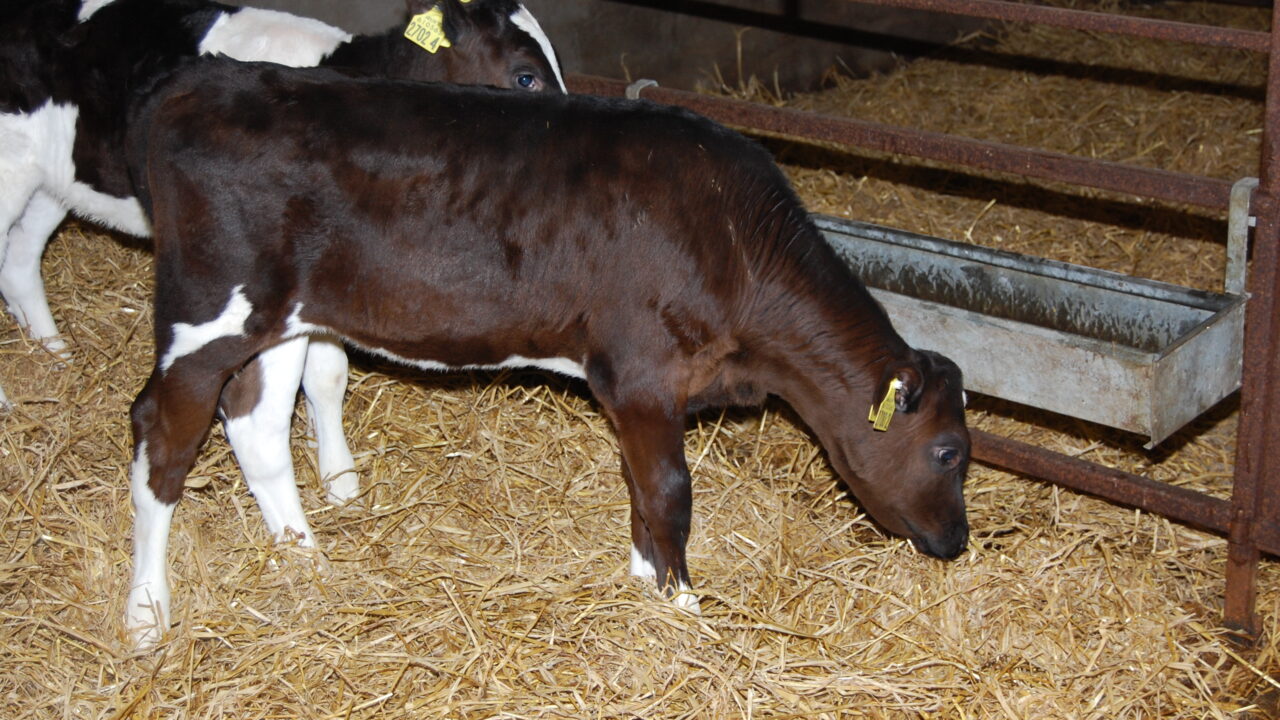Scour refers to watery or custard-like faeces and results from a badly damaged gut, which leads to a loss in function.
An intestine that is not functioning properly causes the calf to lose salts and water in the form of diarrhoea, AHI said.
It said that the initial damage to the gut is caused by a variety of infectious agents, including parasites, viruses and bacteria.
Once the damage is done, the calf will continue to scour until the intestine is repaired and AHI has said that no treatment is available to speed up the repair time.
Here is how AHI advises you should treat a calf with scour:
1.Separate the scouring calf
Remove the calf from the group.
This helps prevent the spread of infection and gives the calf a better chance to recover.
Scouring suckler calves and their dams should be separated from other calves and their mothers.
2.Give oral rehydration solutions
The single most important treatment is to replace the salts and fluids that are lost with scour.
Healthy calves need up to 4L of fluid a day and scouring calves need an additional 4L to replace lost fluids.
Give one or two extra feeds (2L each) of a good quality oral rehydration solution as soon as the calf starts scouring and while it is scouring.
There should be given independent of the milk feeds.
You can safely give these solutions by stomach tube if the calf refuses of is unable to drink.
3.Continue to feed milk
Continuing to feed with milk or good quality milk replacer does not cause, worsen or prolong scour.
The milk actually helps the healing of the intestine. Continue to offer scouring calves normal amounts of milk or milk replacer as long as they want to drink.
Do not feed diluted milk to calves. Leave suckler calves with their dams.
Milk or milk replacer should not be stomach-tubed. Milk given repeatedly by stomach tube will lead to the build-up of acids in the rumen and damage the ruminal wall.
Therefore, it is not reccomended as a method for feeding of milk to calves that are not drinking due to ill health.
Stomach tubing can, however, be used for feeding of electrolyte fluids quite safely.

